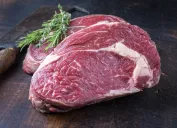25 Expert Tips to Help Keep Your House Warm This Winter
How do you keep your house warm all winter long without going broke? Follow these expert tips.
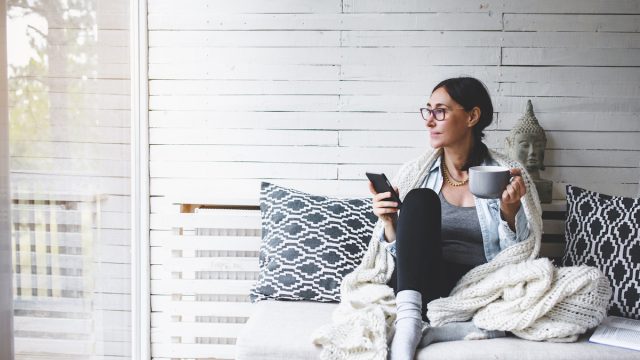
Like it or not, winter is here. And for those living in cold-weather regions, the drop in temperature can mean a rise in heating expenses over the next few months. In fact, according to the United States Energy Information Administration, the average American household spent nearly $4,000 on heating costs in the winter of 2018. However, huge utility bills aren't the only answer to staying comfortable this winter—with the help of experts, we've rounded up the best ways to keep your house warm and cozy this year without needing to spend a fortune.
1
Hang heavy, durable window curtains.
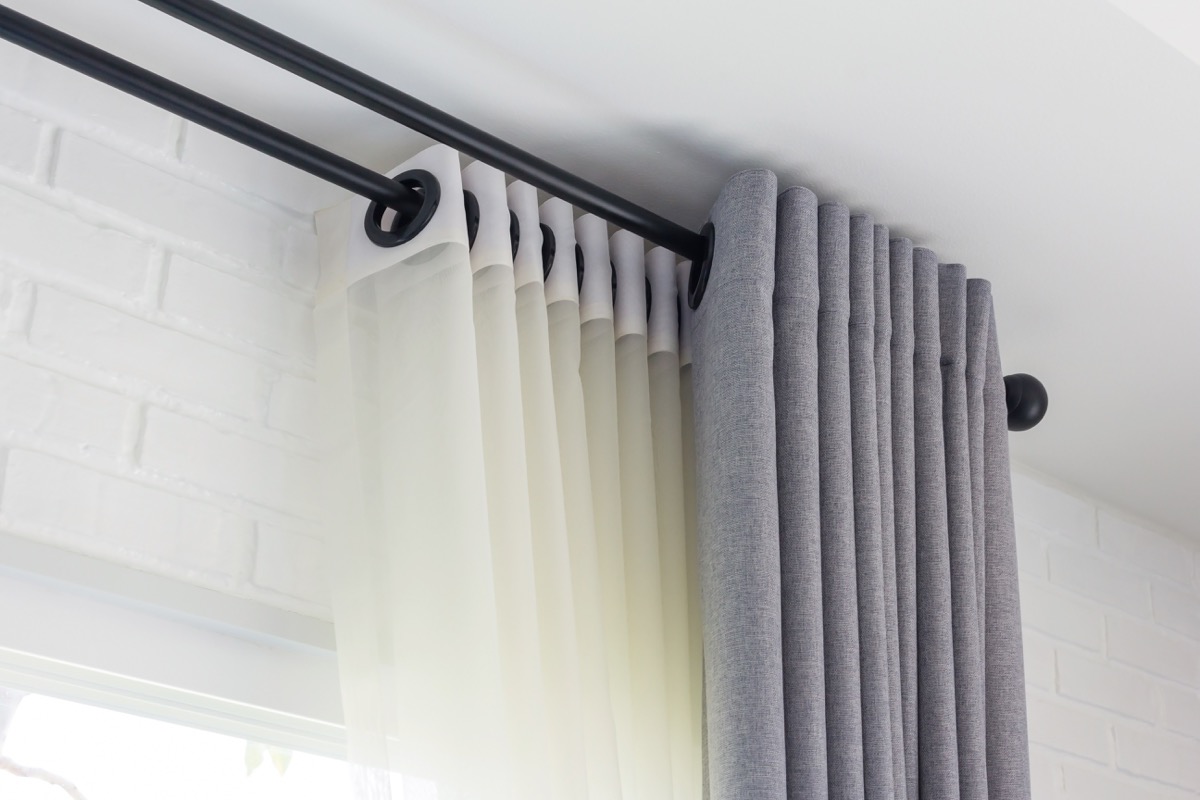
Those thin, light-colored curtains you use during the summer months do your home a serious disservice when temperatures start to drop. "In the winter, switch these out with heavier drapes," says Leanne Stapf, COO of The Cleaning Authority. "This helps keep the warm air in and that chilling breeze out."
2
And open your curtains during daylight hours.

This winter, take advantage of the most effective natural heater there is: the sun! "Open blinds and curtains during the day to let the sunlight in to bring the house temperature up," suggests HGTV star and Trane Residential partner Anthony Carrino.
3
But close them at night.
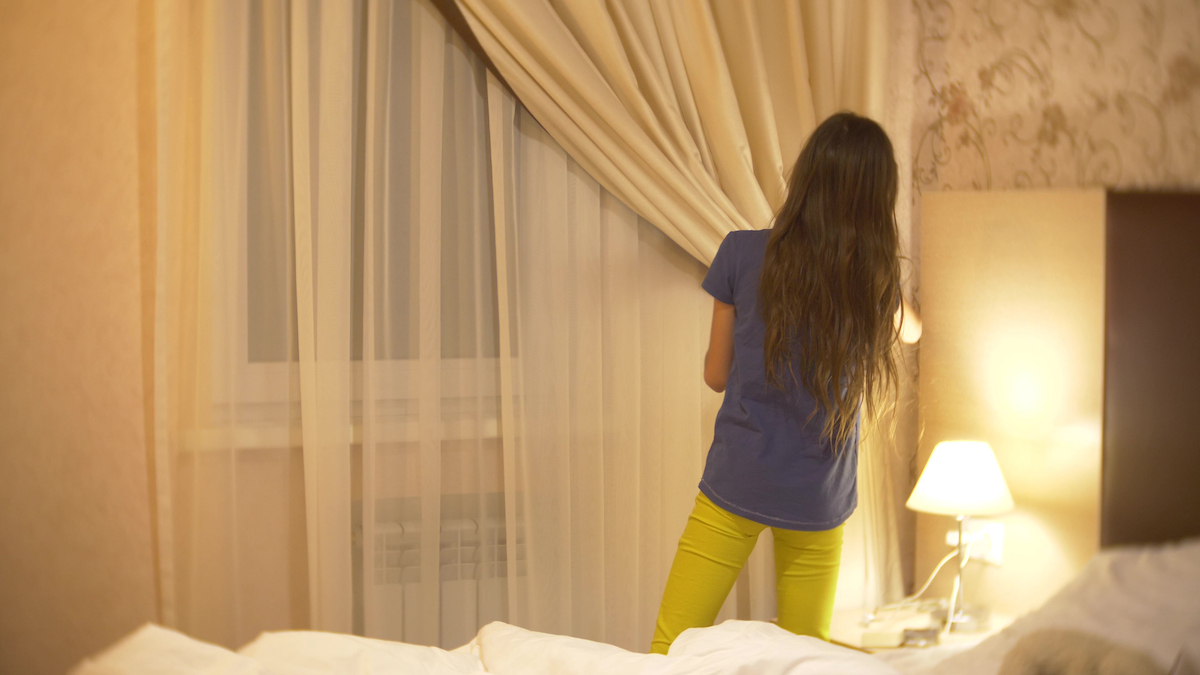
Similarly, if you're eager to keep the cold out, it pays to close those curtains when the sun sets. "Conventional draperies can reduce heat loss from a warm room up to 10 percent," says Stapf, citing Energy.gov research.
4
Consider using a smart thermostat.
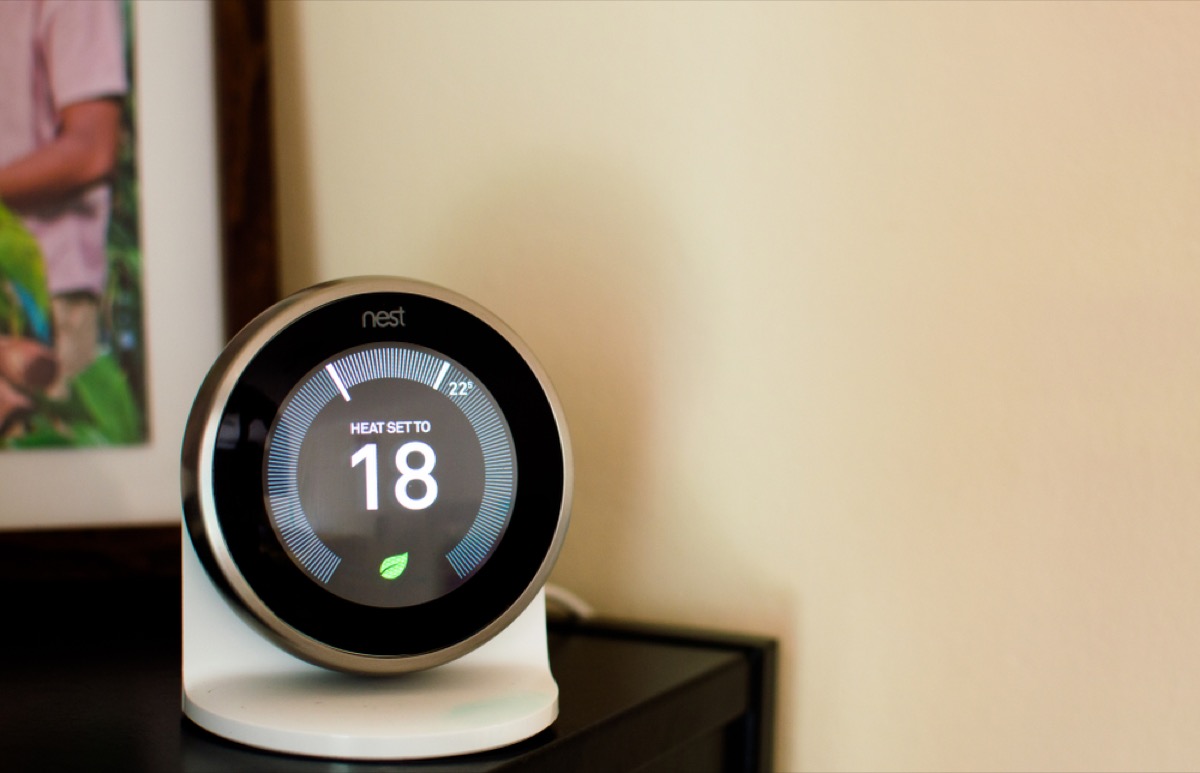
The right thermostat goes a long way when it comes to keeping your home warm during the winter. Mark Dawson, COO of One Hour Heating & Air Conditioning, recommends installing a smart thermostat that is programmable, which "allows you to set the thermostat for warmer temperatures just before you wake up and prior to returning home, enhancing your comfort."
5
And avoid changing the temperature on any thermostat by more than 10 degrees.
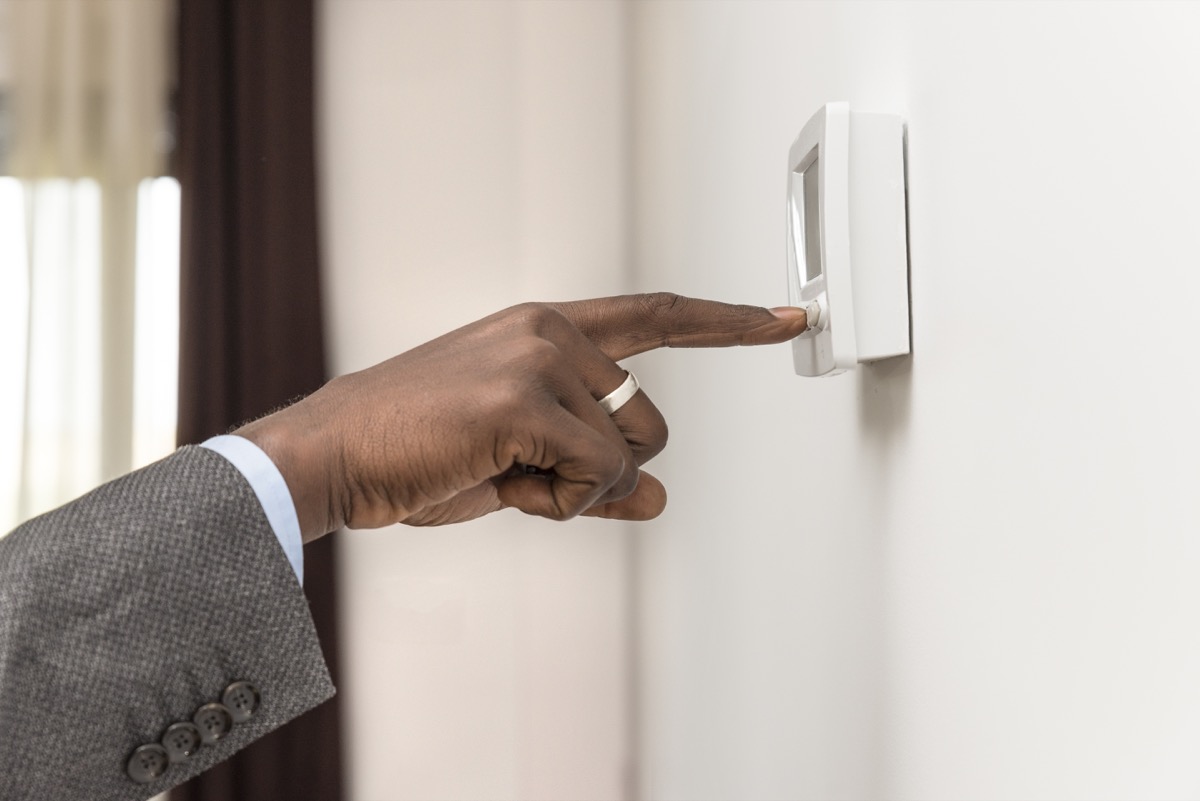
Cranking up the heat won't actually heat your home faster; it'll just make your furnace put out heat for longer. So, while it may be tempting to crank up the thermostat when it's cold out, it's not the best move in the long run. "These extreme temperature fluctuations make your furnace work much harder than it should and spike your energy bills," explains Dawson. He recommends increasing your home's temperature between 7 and 10 degrees.
6
Use throw rugs in rooms with hard-surface floors.
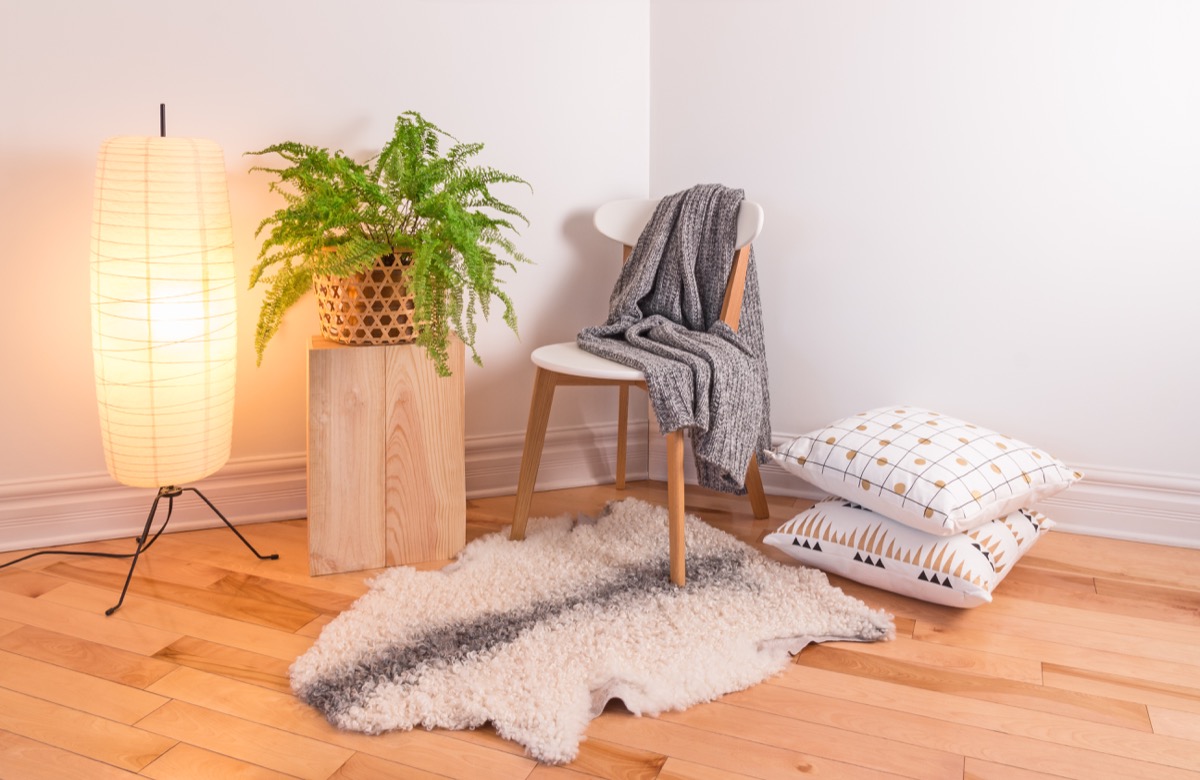
Keeping those toes warm in the winter means more than just investing in a good pair of slippers—laying down some throw rugs can help, too. Not only will they help keep your feet warm, they can also better insulate your home, as well as potentially reduce any drafts between floorboards.
7
Change the direction of your ceiling fan.
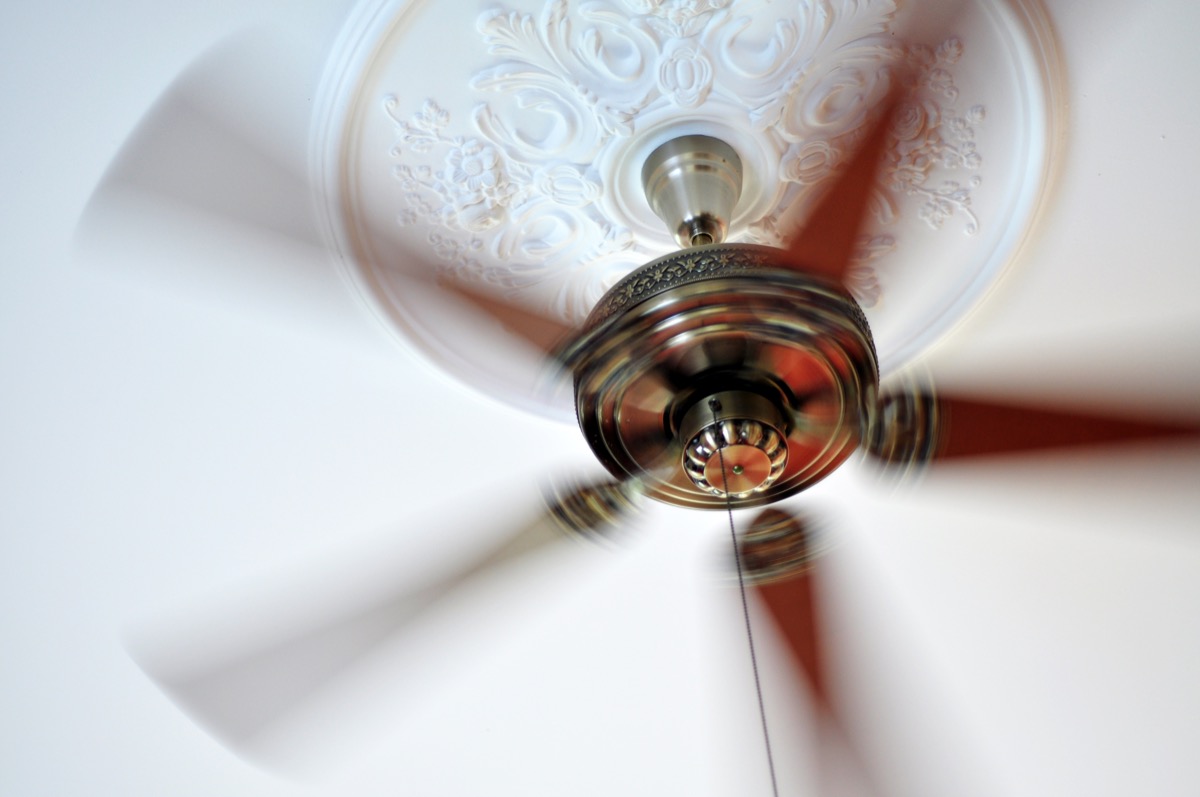
You probably don't think to turn on your ceiling fan when it's cold outside. But doing so can actually keep your house warm—that is, if you make one important change first. "During the winter, reverse your fan's rotation to push cool air upward and mix with the rising heat," Carrino says. "The mixed air will then spread downward, making your room feel warmer."
8
Wrap your pipes to prevent them from freezing.

If you want to keep your house warm and avoid a burst pipe this winter, it pays to cover them before the temperature gets too low. According to Dawson, this can be done using "pipe sleeves, heat tape, or heat cables that can be wrapped around pipes to insulate them." However, if you don't have any of those options handy—or if you're on a budget—Dawson says newspaper can help prevent pipes from freezing in a pinch.
9
Leave your faucets running on cold days.

Another way to help prevent pipes from freezing and bursting is to let your faucets run slightly throughout the day. According to Dawson, this will encourage water flow and will melt any frozen spots that may have begun to build in your pipes. This simple practice can even spare you from a flood due to a burst pipe.
10
Cover your kitchen hood when it's not being used.

It may clear the air when you're cooking, but your kitchen hood can also act as a passageway for cold air to get inside your house. To avoid that side effect, Dawson recommends covering the kitchen hood when it's not in use to mitigate leaks and keep warm air inside.
11
Clean your dryer vents.
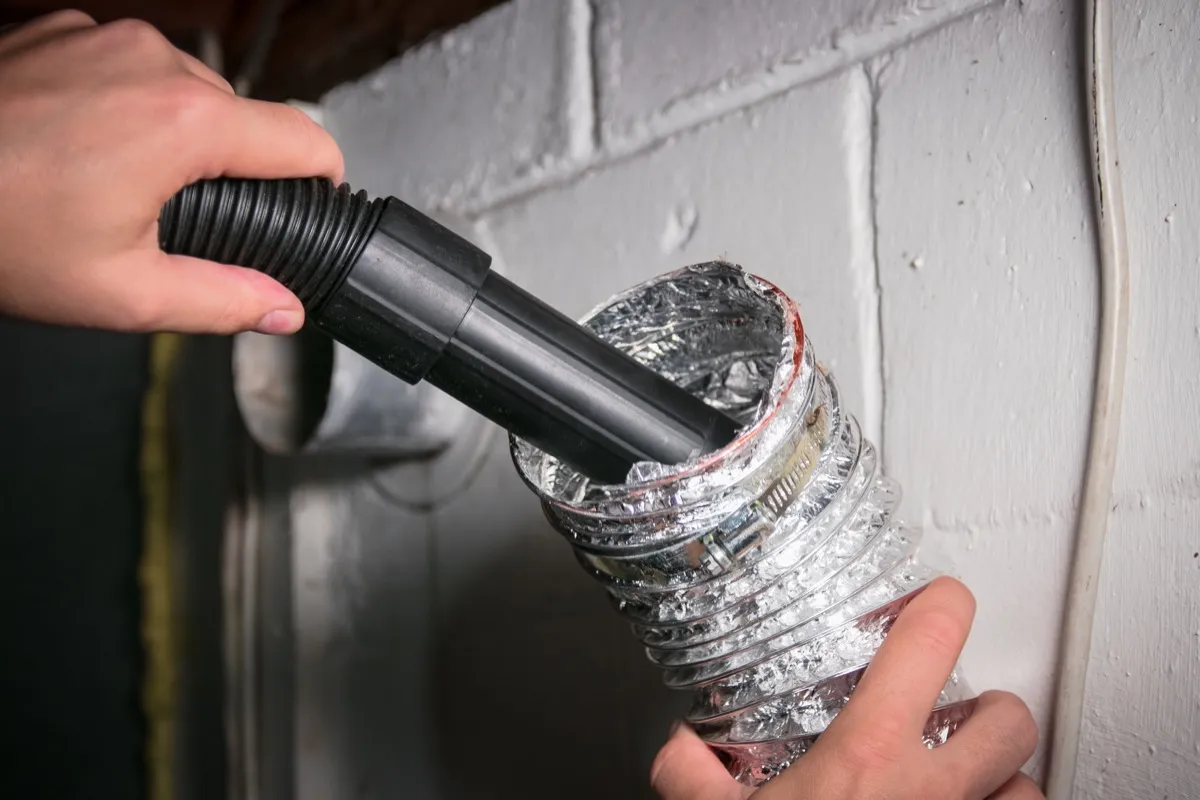
Not only will cleaning out your dryer vents help "make sure accumulated lint is not blocking air flow," says Dawson, it will also help prevent your dryer from becoming a fire hazard.
12
Close your fireplace's flue.
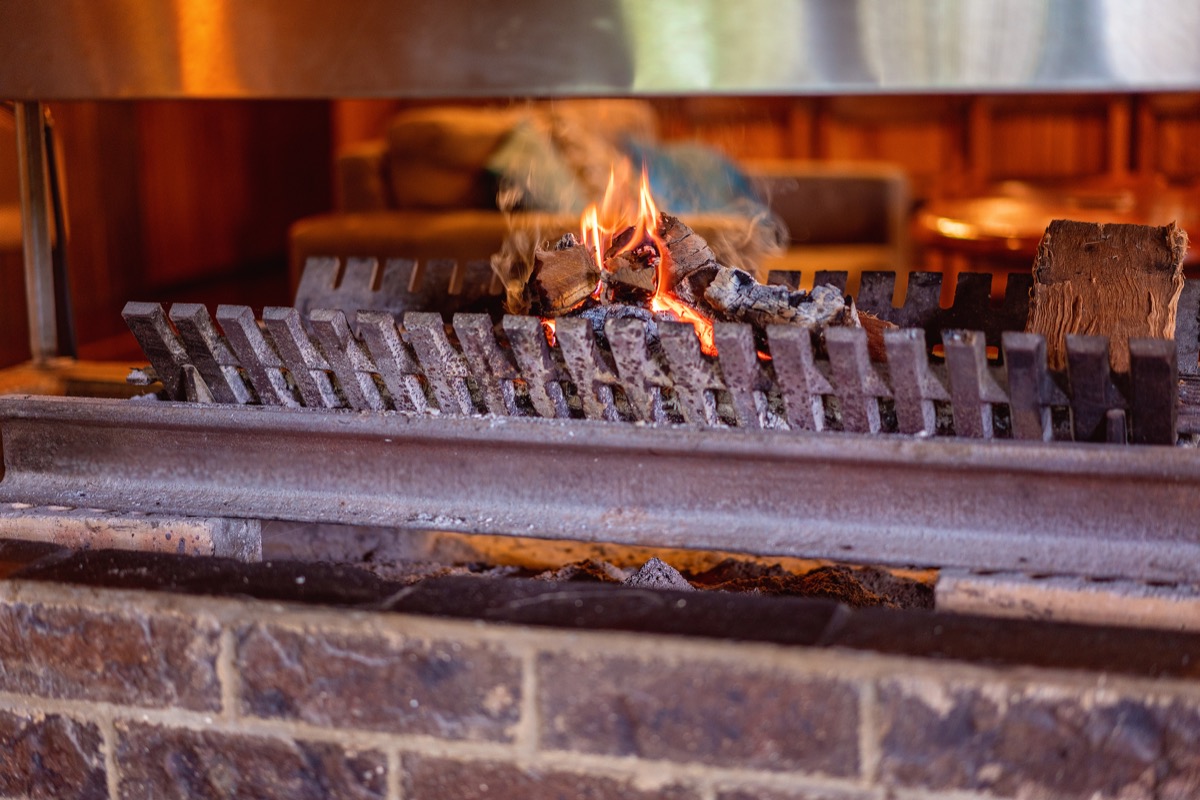
That open flue is a common source of home drafts, according to Dawson. So when it's not in use, keep it closed and you'll keep more warm air inside your home.
13
Make sure your furniture isn't covering any ventilation ducts.
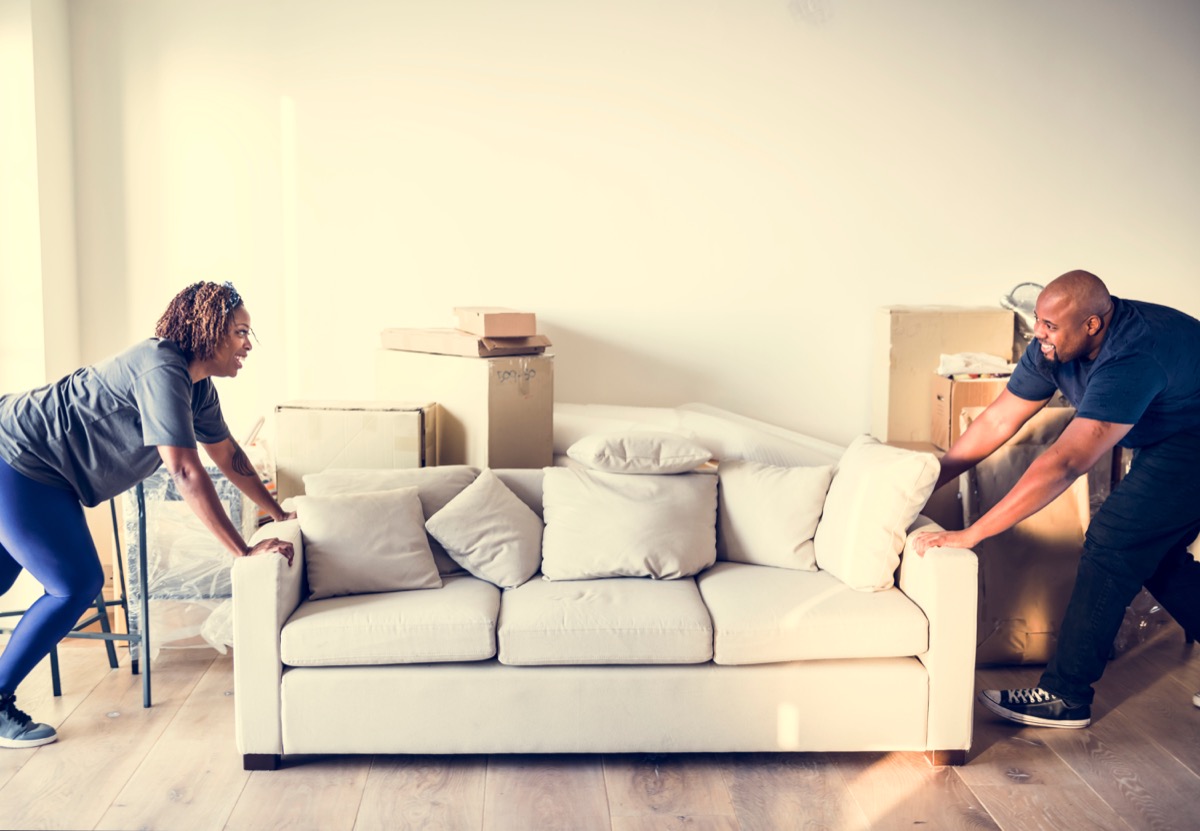
Furniture that covers an HVAC register is preventing your home from getting heated properly. "Impeding the free flow of air will mean that your heating system won't be as effective as it could be," says Glenn Wiseman, sales manager at Top Hat Home Comfort Services.
This is especially important if you have baseboard heating, which can lead to a fire if blocked, according to Wiseman.
14
Keep your vent registers open.

Even though it may seem like an easy way to manage expenses, closing vents in rarely used rooms can ultimately leave your home feeling colder. "Your system is designed to heat all areas of your home," explains Dawson. So, your HVAC system will continue to push out heated air, even when those vents are closed, making your system work harder while reducing its efficacy. Plus, "that pressure pushing up against closed vents can lead to damage and costly air leaks," Dawson says.
15
Shrink wrap your windows.

Want to keep drafty windows from making your home uncomfortably cold? Start with a shrink wrap kit. "Cover windows with plastic from the inside to provide an extra layer of insulation to keep cold air out," suggests Carrino.
16
Add insulation to your attic.
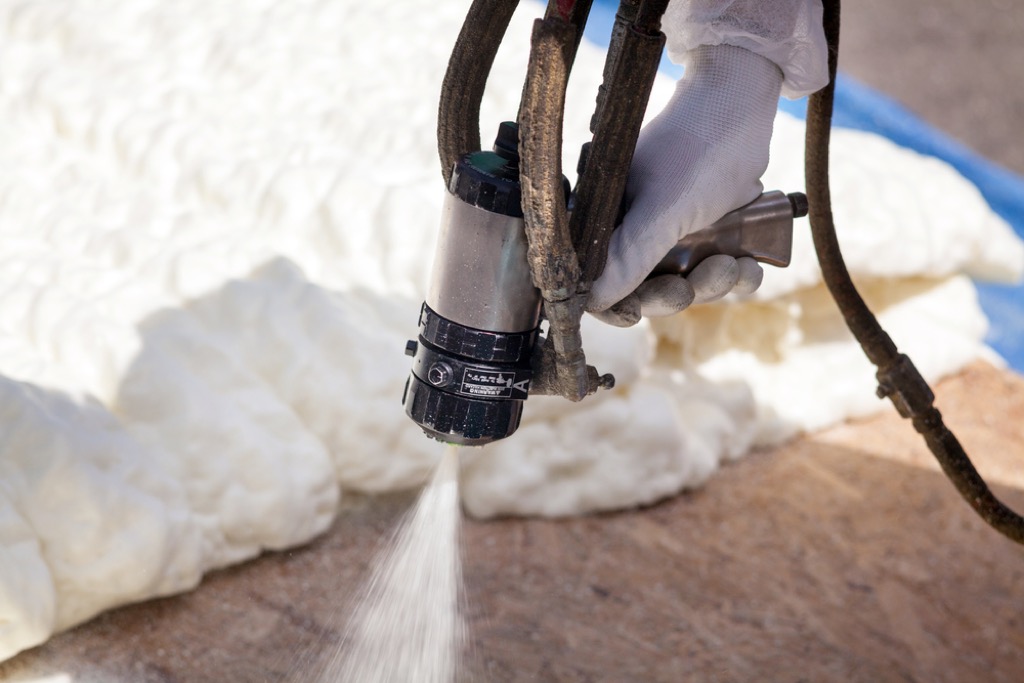
A surprising amount of heat can be lost through your attic if it's not properly insulated, a problem that can also lead to ice dams, leaks, and other damage. However, even if you don't want to finish your attic completely, simply adding some insulation batting or having blown-in insulation sprayed into your attic's existing framing can help keep heat loss at a minimum.
17
And insulate your garage door.
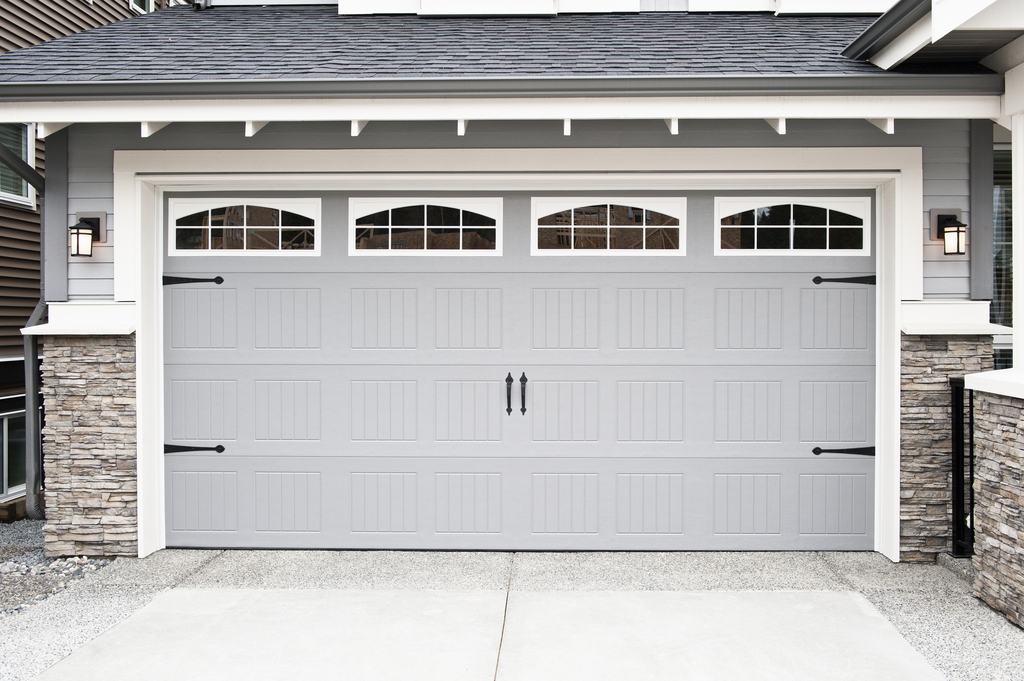
Since these are often large and left open for significant periods of time, garage doors can quickly make your home feel frigid. "If you live up north where it gets really cold, try adding extra insulation to your garage door—it can make a big difference," says Carrino.
18
Change your air filters.
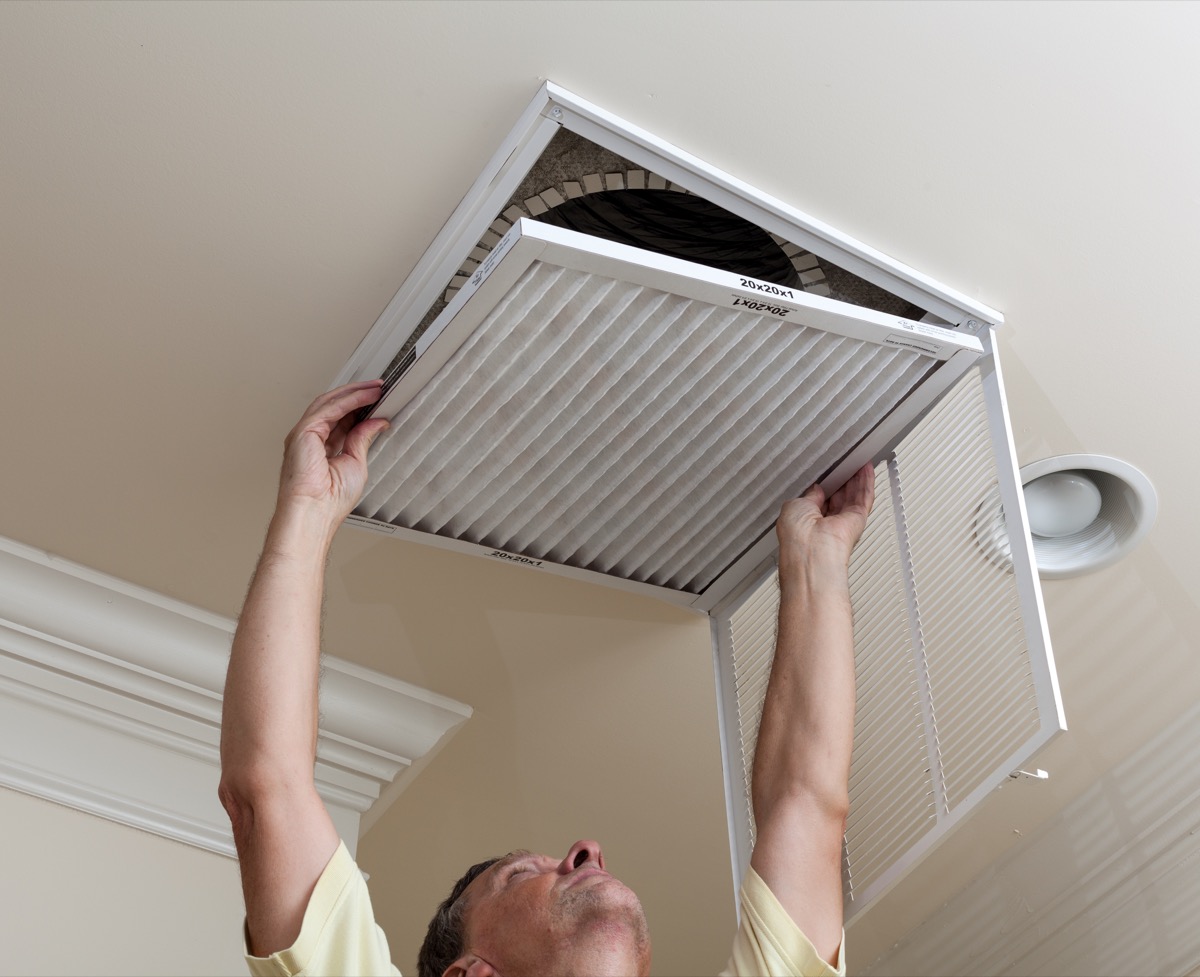
Regular maintenance of your home's air filters not only reduces allergens—including mold—that can build up and spread throughout your house, but Carrino says it can also help avoid a potential blockage in your HVAC system. If left unchecked, a blockage could damage your equipment and reduce its efficiency, leaving you paying more for less heat.
19
Have an HVAC tech service your system.
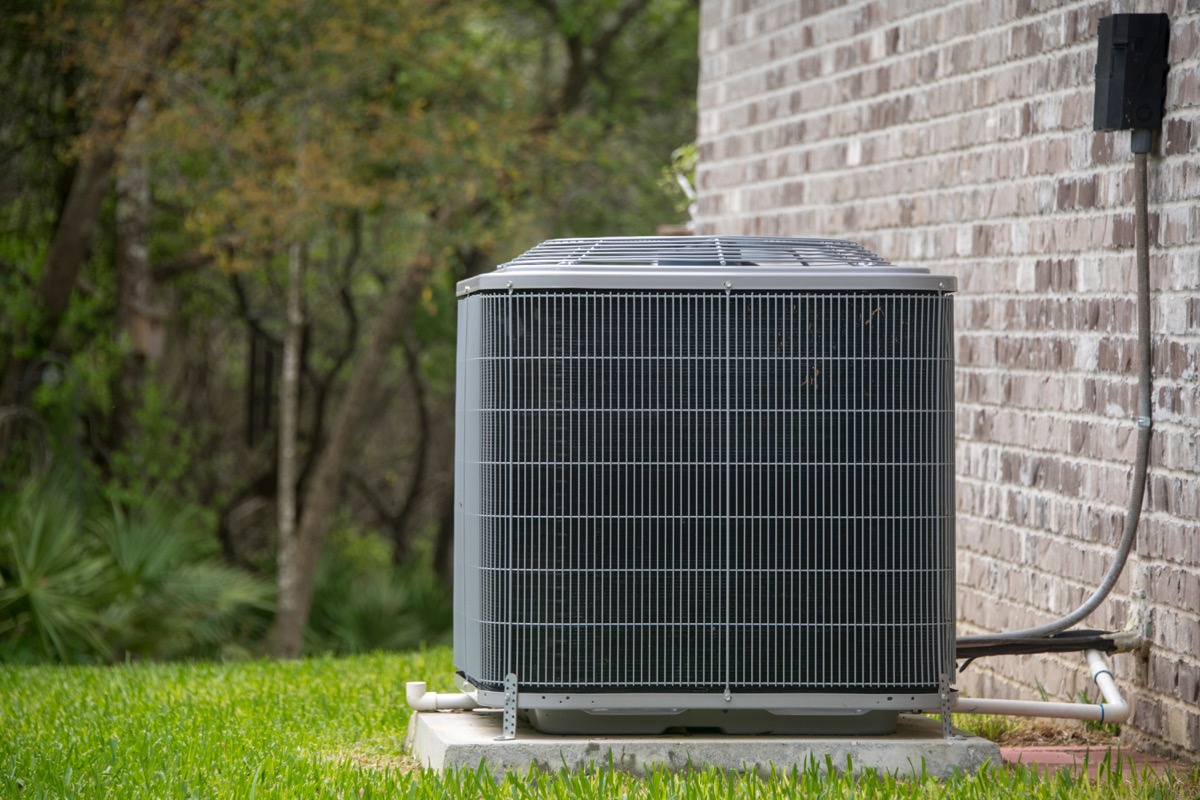
It can be hard to tell if your HVAC system is working at full capacity, especially if it's been slowly losing power over the years. If you want to keep your house toasty this winter, Carrino recommends hiring a professional to test your system's component parts to ensure they're in tip-top shape.
20
Or upgrade your HVAC system altogether.
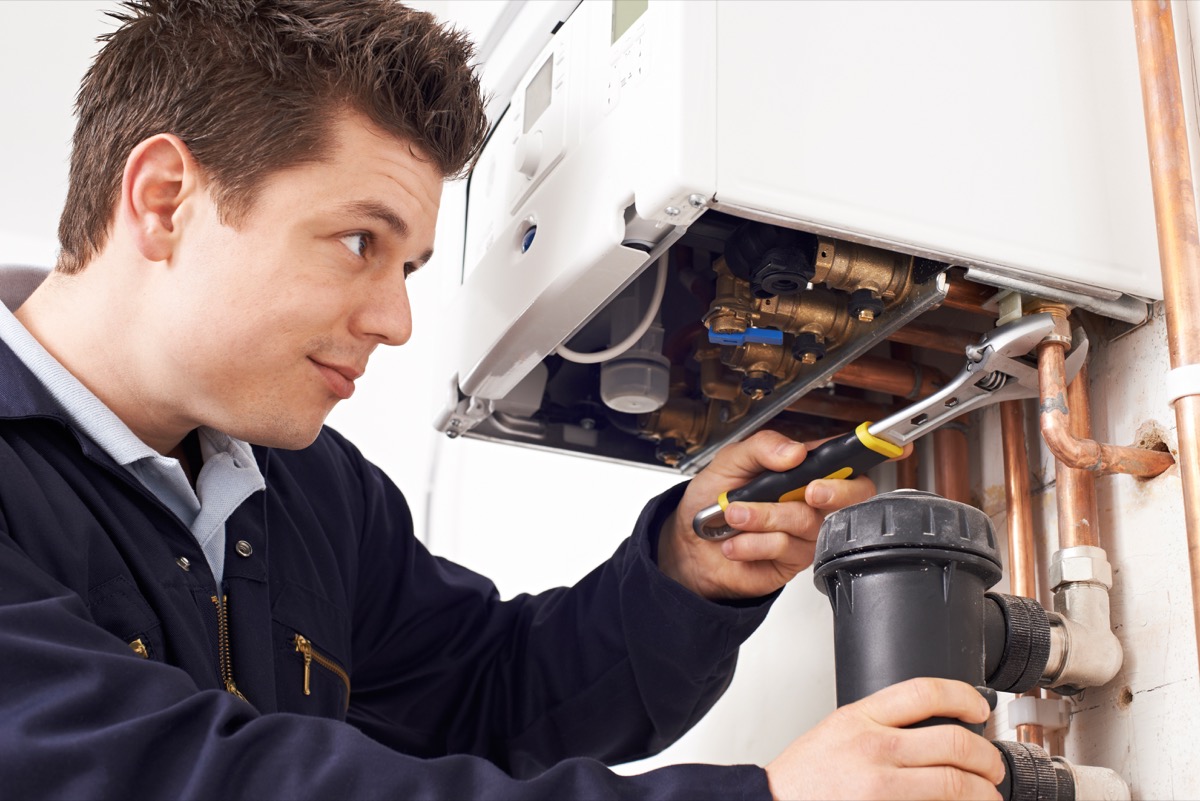
"As units get older, they don't work as well," says Daniel Quindemil, CEO at Miami-based construction company I AM Builders. "Getting a modern unit will keep your house hot during the winter."
21
Consider getting a new boiler, too.
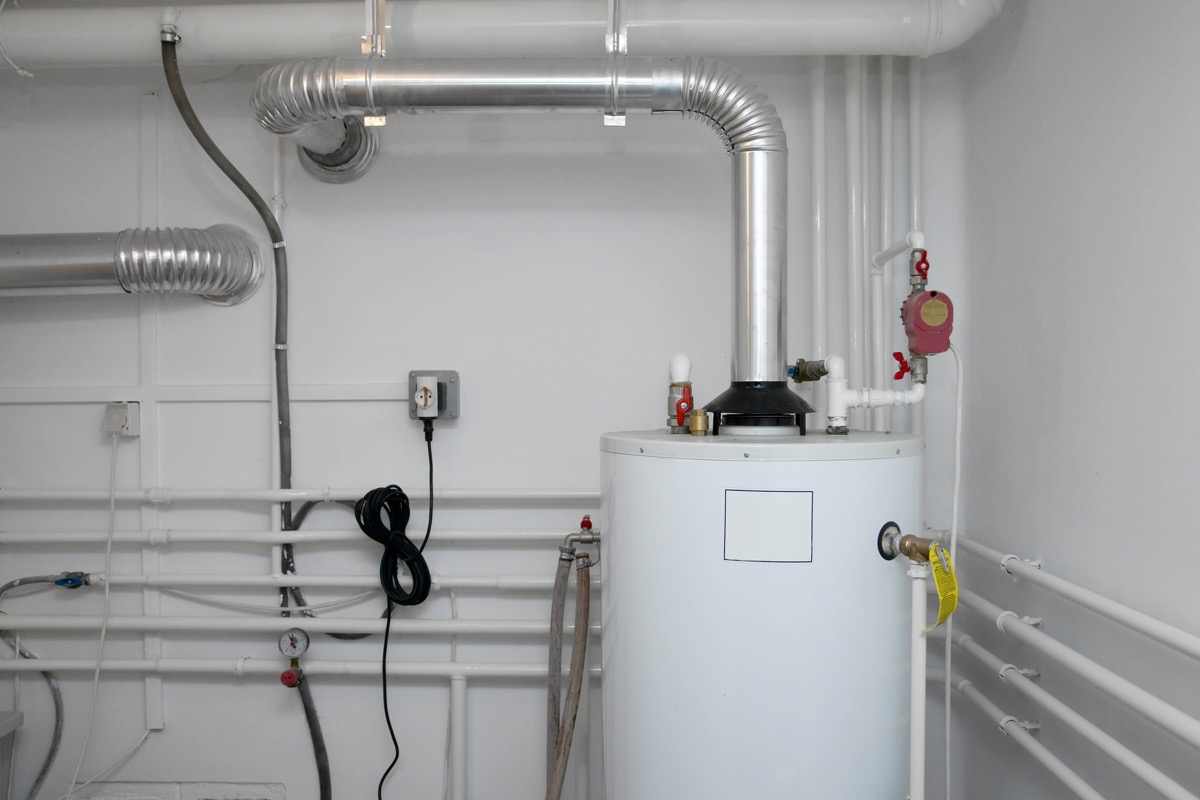
Have a little more wiggle room in your budget? Upgrading your boiler can help keep your house warm and your heating bills low. Quindemil estimates that newer boilers are 90 percent more efficient than older models.
22
Or invest in a heat recovery ventilator.

This is another addition to your existing heating system that can make a major difference when it comes to keeping your home warm. Quindemil says installing a heat recovery ventilator "preheats the cold air coming in from outside and helps to reduce the demand on your furnace," using the hot air that would otherwise escape your home.
23
Seal any cracks in your home's brickwork.
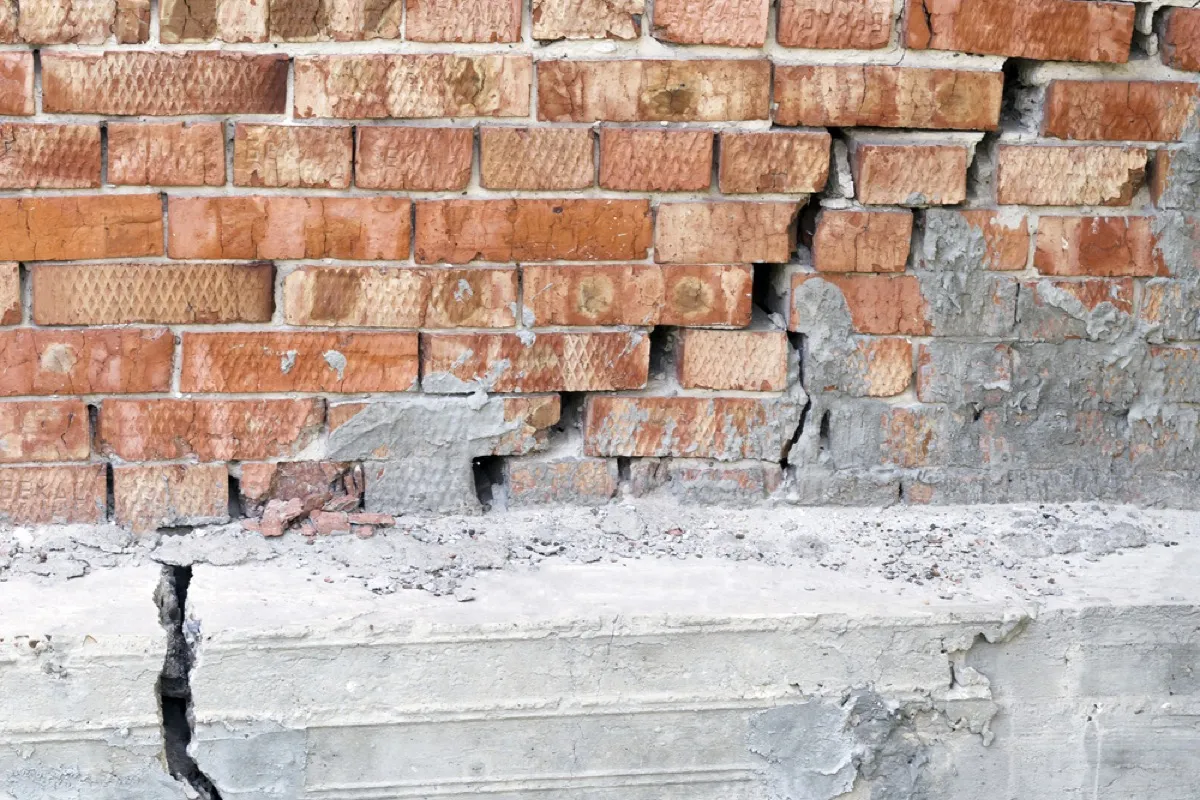
If left unattended, cracks in your exterior brickwork can affect your home's interior temperature by allowing cold air to seep in. "It's in your best interest to spray the brick and mortar joints with [something like] Thompson's water seal," says Mike Martin, founder of Remodeling Expense and owner of MBM Construction in Wakefield, Massachusetts.
24
Ensure areas around heating, plumbing, and electrical systems are properly caulked.
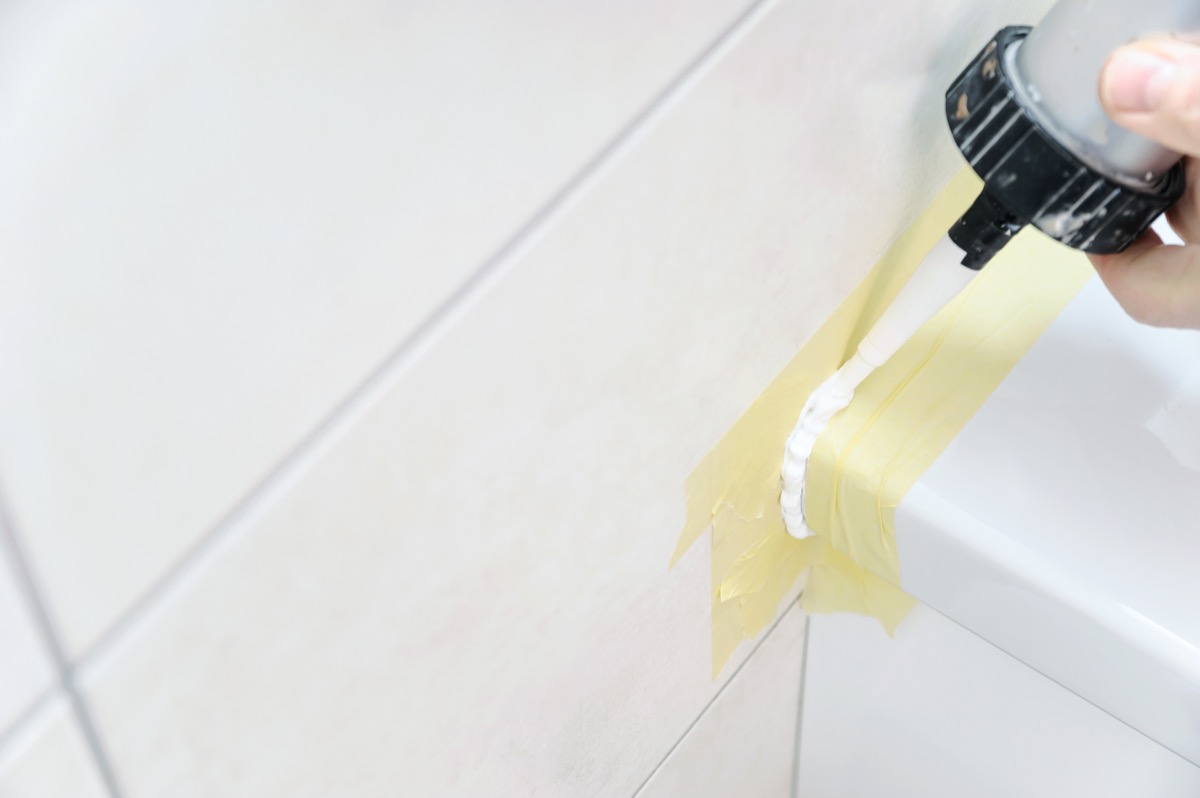
The areas where cold air enters your home aren't always as obvious as exterior cracks. If you really want to keep out the cold, Dawson recommends adding caulk or weather-stripping around your outlets, your plumbing fixtures, and HVAC registers and vents.
25
Look into adding a portable fireplace.
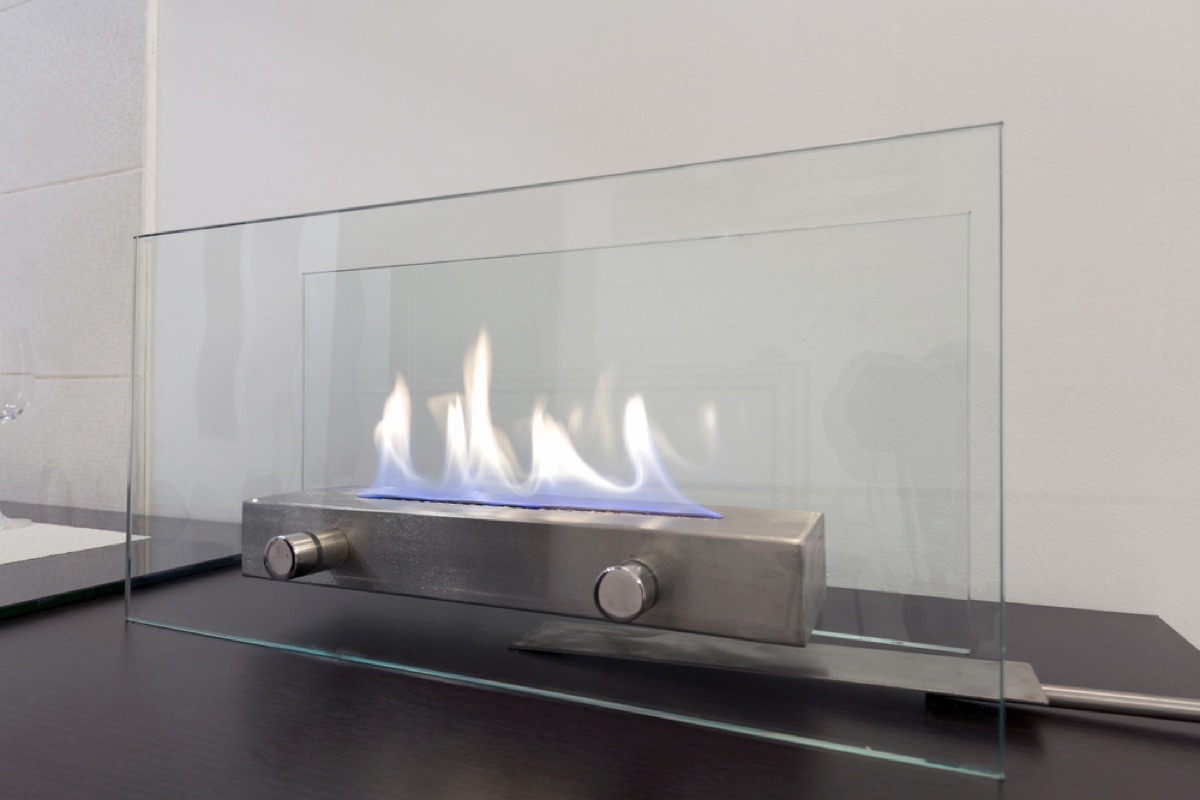
No built-in fireplace? No problem! Portable fireplaces have stepped up their game in terms of aesthetics in recent years. "It adds a very nice design [element], plus it's going to keep you warm," Quindemil says.









